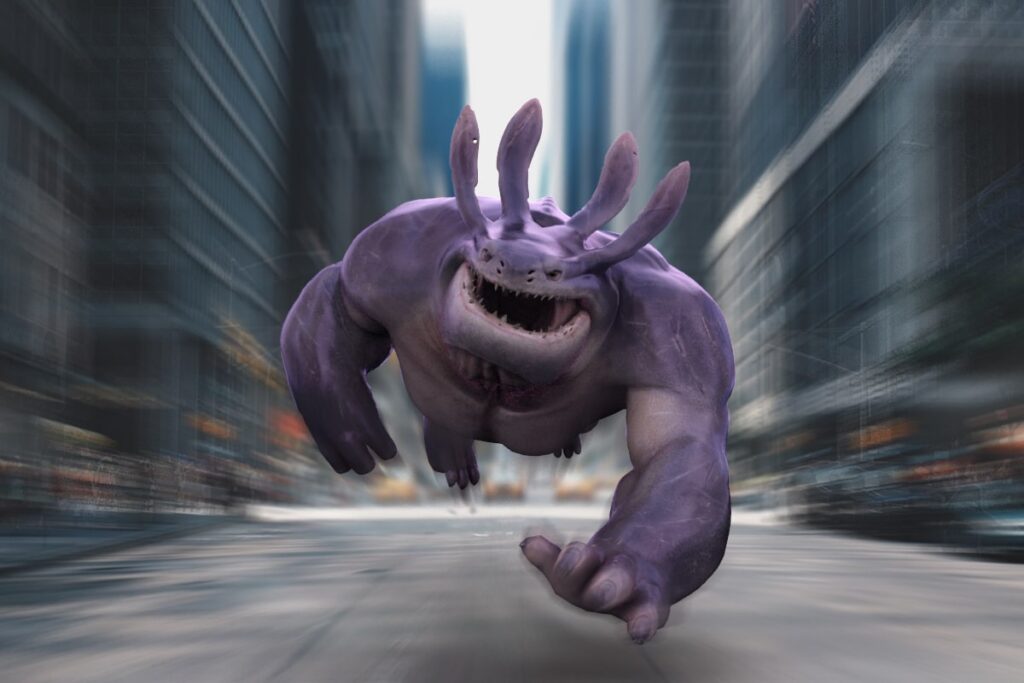The animation industry is a dynamic and exciting field that offers a wide range of career opportunities for talented individuals. From creating captivating characters to bringing them to life through movement, animators play a crucial role in the storytelling process.
Crafting authentic character movements in animation requires a combination of technical skill, artistic vision, and creativity. In this article, we will explore the top 10 jobs in the animation industry that focus on creating authentic character movements.
1. Character Animator
Character animators are responsible for bringing characters to life through movement. They work closely with directors and animators to develop the personality and movement style of each character.
Character animators must have a strong understanding of anatomy, physics, and acting to create believable and expressive movements.
2. Motion Capture Artist
Motion capture artists use specialized equipment to record the movements of actors and translate them into digital animations. They play a crucial role in creating realistic character movements for video games, films, and television shows. Motion capture artists must have a keen eye for detail and a strong understanding of body mechanics.
3. Rigging Artist
Rigging artists are responsible for creating the skeleton and controls that allow animators to manipulate a character’s movements. They work closely with animators to ensure that characters can move realistically and expressively. Rigging artists must have a strong understanding of anatomy, rigging tools, and scripting languages.
4. 3D Modeler
3D modelers create the digital models that animators use to bring characters to life. They must have a strong understanding of form, shape, and texture to create realistic and detailed character models. 3D modelers play a crucial role in the animation pipeline by providing the foundation for character movements.
5. Storyboard Artist
Storyboard artists create visual representations of the story and characters before the animation process begins. They work closely with directors and animators to plan out the framing, composition, and pacing of each scene. Storyboard artists must have a strong understanding of storytelling, composition, and character development.
6. Layout Artist
Layout artists are responsible for designing the staging and camera angles for each scene in an animation. They work closely with directors and animators to establish the visual look and feel of the film. Layout artists must have a strong understanding of composition, perspective, and cinematography.
7. Animation Director
Animation directors oversee the creative and technical aspects of the animation process. They work closely with animators, storyboard artists, and other team members to ensure that the project stays on schedule and meets the director’s vision. Animation directors must have strong leadership skills, creative vision, and technical expertise.
8. Key Animator
Key animators create the keyframes that define the major poses and movements of a character. They work closely with in-between animators to create smooth and fluid character animations. Key animators must have a strong understanding of timing, posing, and movement principles.
9. Texture Artist
Texture artists create the textures and surface details that make characters and environments look realistic. They work closely with modelers and animators to apply textures to digital models. Texture artists must have a strong understanding of color theory, lighting, and texture mapping techniques.
10. Visual Effects Artist
Visual effects artists create the special effects and visual enhancements that bring magic and excitement to animations. They work closely with animators to integrate effects such as fire, water, and explosions into the animation. Visual effects artists must have a strong understanding of physics, simulation, and compositing techniques.
Conclusion
In the competitive animation industry, mastering the art of crafting authentic character movements is essential for success. Whether you aspire to be a character animator, motion capture artist, or visual effects artist, honing your skills and staying up-to-date with industry trends is key to advancing your career.
By pursuing education and training opportunities, such as the NYU Animation Industry Essentials program offered by Yellowbrick, you can gain the knowledge and experience needed to excel in the animation industry..
Key Takeaways:
- Crafting authentic character movements in animation requires a blend of technical skill, creativity, and artistic vision.
- Top jobs in the animation industry focusing on character movements include Character Animator, Motion Capture Artist, and Rigging Artist.
- Skills such as understanding anatomy, body mechanics, and storytelling are essential for success in animation careers.
Consider taking the NYU Animation Industry Essentials online course and certificate program offered by Yellowbrick to enhance your skills and kickstart your journey in the dynamic world of animation.




